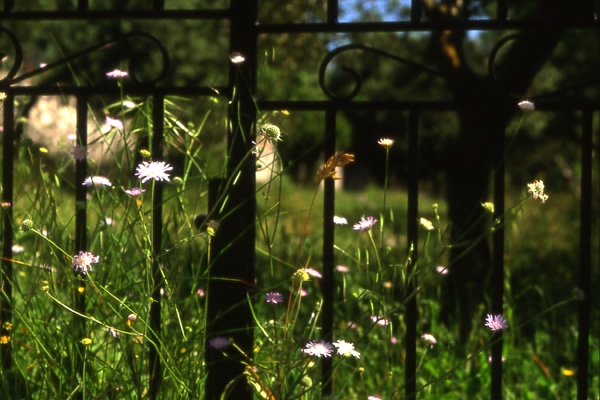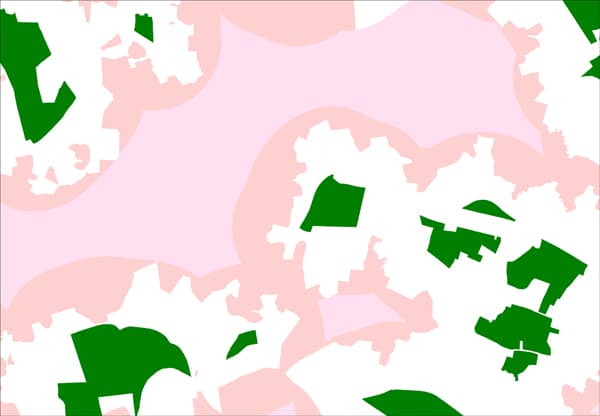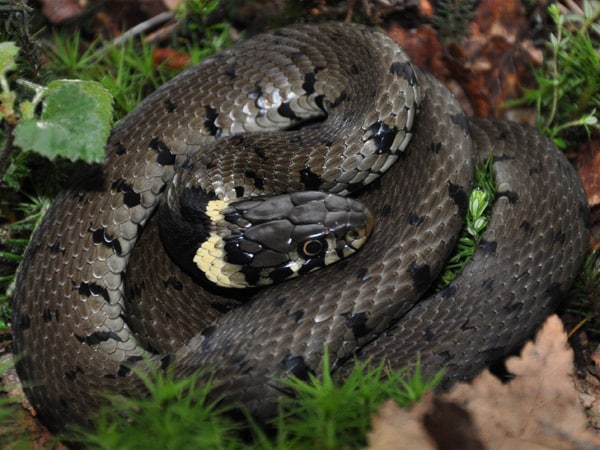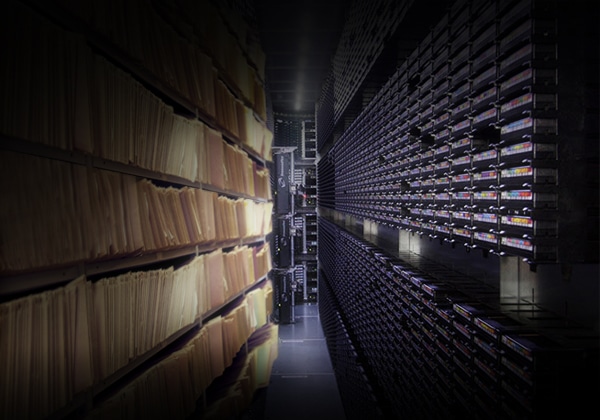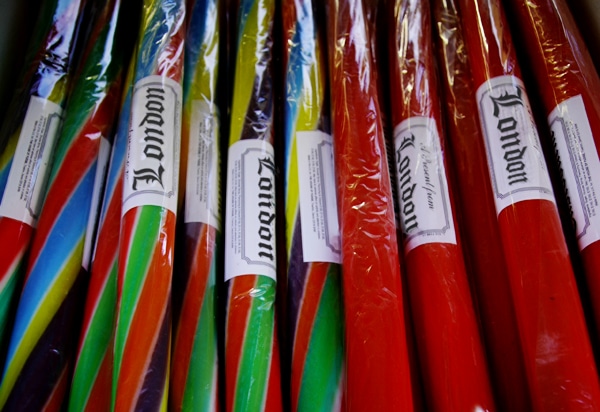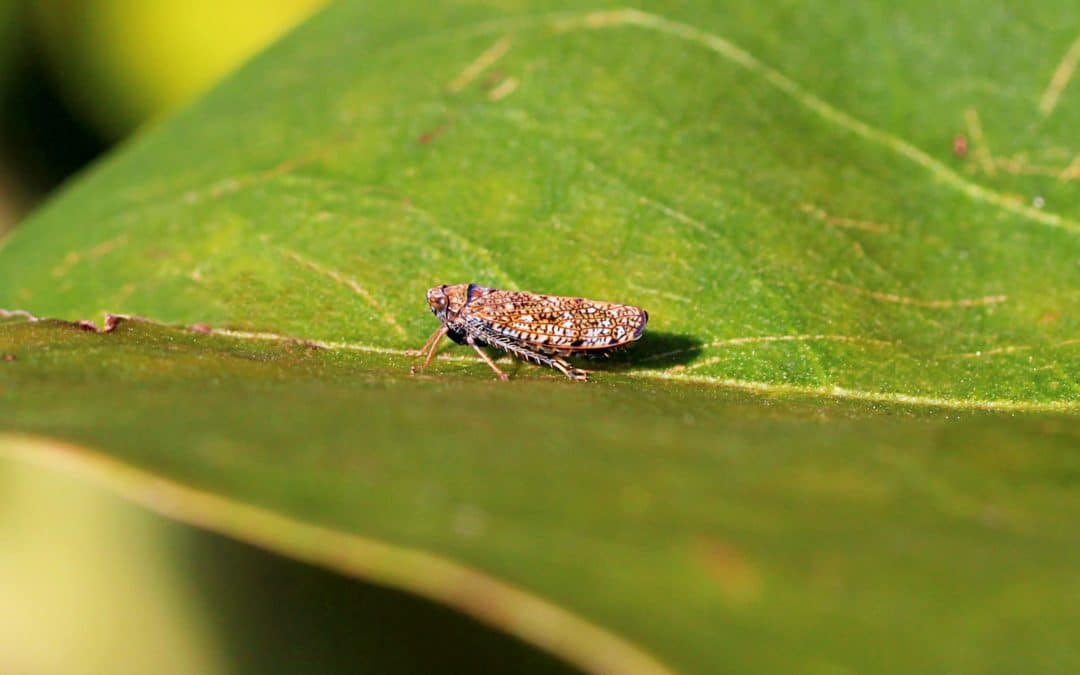Publicly available planning figures show 17,000 planning applications were assessed in London between January and March last year (2011). In the same period, GiGL delivered just 144 data searches. While not all applications have a potential impact on London’s biodiversity and open spaces, this gap in numbers is very worrying and means less than 1% of planning applications in London are being informed by the GiGL partnership’s data.
